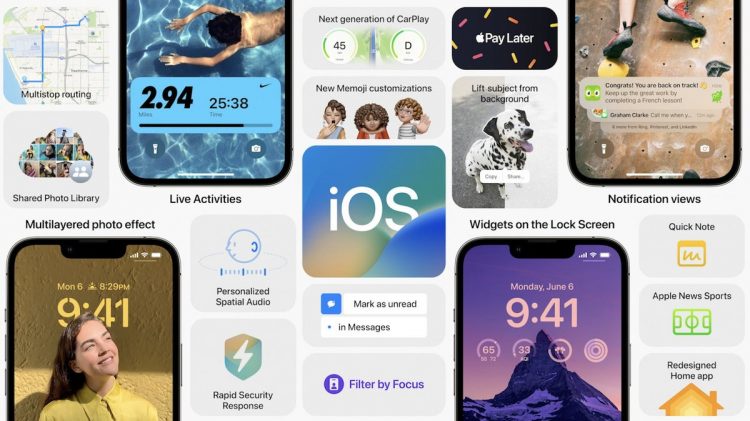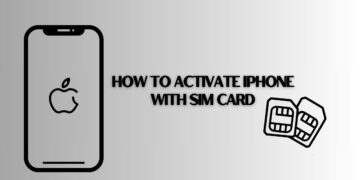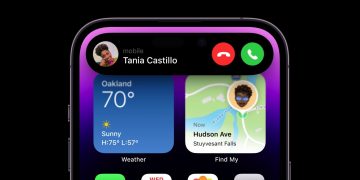The urgency with which IT needs to prepare for major iOS releases seems to have slowed since the early days when everyone rushed to install the latest version of Apple’s mobile software.
At least this year, iPhone users appear to have become a little more laid back.
The installation patterns are changing
The reasons for thinking this are suggested by the latest Mixpanel stats. As of earlier today, Mixpanel claims roughly 13.3% of iPhone users have upgraded to iOS 16 since it was introduced this week. That’s a slightly more rapid adoption rate than iOS 15 saw (11.7%) last year, damaged as that release was by user reluctance to accept on-device content monitoring.
Here are Mixpanel’s installation data points for earlier iOS releases at this point in the release cycle:
- iOS 16: 13.3%
- iOS 15: 11.7%.
- iOS 14: 14.7%.
- iOS 13: 12%.
- iOS 12: 13%.
- iOS 11: 19.2%.
As you can see, the last five iOS upgrades have all shown very similar installation patterns, with iOS 11 being the most swiftly installed upgrade since 2017.
The data basically confirms that while people are still excited when new iOS versions ship, they have also become more discerning about exactly when they choose to upgrade.
For Apple admins, this suggests that while they should be prepared for a wave of tech support requests following each iOS release, they can also predict that the kind of questions they get may emerge across the first year of any release, rather than all being asked at once.
[Also read: 14+ reasons enterprises should upgrade to iOS 16]
Slowed doesn’t mean stopped
The data also suggests the feeling of urgency when it comes to upgrades has slackened, but in a broader sense it’s the cadence of installation that has slowed a little, rather than interest in doing so.
After all, Apple tells us that 82% of all the iPhones in use today are on iOS 15, while another 14% still run iOS 14. (The company hasn’t yet updated this data to reflect iOS 16 adoption.)
That means just 4% of all the iPhones in active use on Earth use an older installation, which means enterprises that haven’t yet updated their iOS apps to iOS 16 had better prioritize doing so. Because while users might upgrade more slowly, that doesn’t mean they don’t upgrade at all.
People are changing their approach
Each year, Apple tries to get us involved in updating our iPhones with an array of impressive new features. The company also seems now to hold some good improvements back to trickle out over the first few months following an upgrade, presumably to help ensure we continue to upgrade our devices regularly.
But I think the company accepts that the nature of the Apple market is changing. For many years, Apple was an Apple market. The first iPhone, just like the first iPod, sold into a buoyant market of committed users, and that same hardcore group tended to rush to install every software upgrade. In very general terms, they had a lot of faith in the company and knew that even if problems did occur during installation, a solution would follow swiftly.
However, as the congregation of iPhone users has grown, the nature of the people who use these devices has changed. It’s not just true believers anymore; the crowd also includes a growing number of Android switchers who wish to learn more, those who use multiple platforms, and hordes who fundamentally see tech as a boring necessity, rather than a liberating lifestyle choice. It’s the downside of digital proliferation, if you will – humans are all interested in different things, and the ways in which we use our smartphones are as varied as the people on the planet.
We’ve learned a lot
Across both consumer and enterprise users, other considerations have emerged — not least the that installing a major point upgrade such as iOS 16 on the day of release isn’t always the best decision. That’s because:
- Sometimes small flaws are found as software ships. These are usually identified and rectified in a subsequent point upgrade.
- Not every enterprise is ready for the new release; in many cases, particularly in tightly regulated industries, they need to measure the systems against security, data protection, and other internal policies. Those businesses will not want users to upgrade on day one.
- Key apps, particularly important internally used apps, may not yet have been updated or verified against the new OS. For the enterprise, the same challenge applies for back-end systems and services.
- They want to choose when they learn how to use a new iOS version. I’ve heard many casual users ask why the OS needs to change every year.
The first reason has become a truism for many of us. While Apple’s shipped software is usually problem free, many choose to wait a day or two to ensure everything is working correctly. Given the vast importance of the data held on our iPhones, any down time on those devices can impact our personal and professional lives, so it’s wise to be cautious. No one really wants to waste time fixing problems they didn’t expect to have.
For me, it’s good to see the installation data Mixpanel has provided. It suggests that most iOS users now accept that delaying the installation is a good approach to avoiding being snagged by unexpected bugs or the absence of non-updated apps. But I still reckon around 90% of users will have upgraded to iOS 16 by the time the next iteration ships next fall.
Please follow me on Twitter, or join me in the AppleHolic’s bar & grill and Apple Discussions groups on MeWe.
Copyright © 2022 IDG Communications, Inc.
Source by www.computerworld.com






























